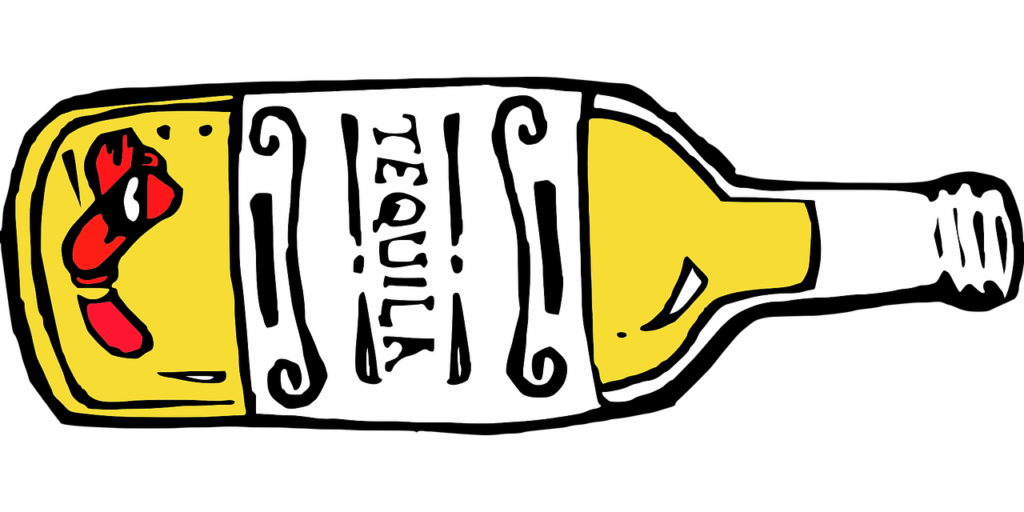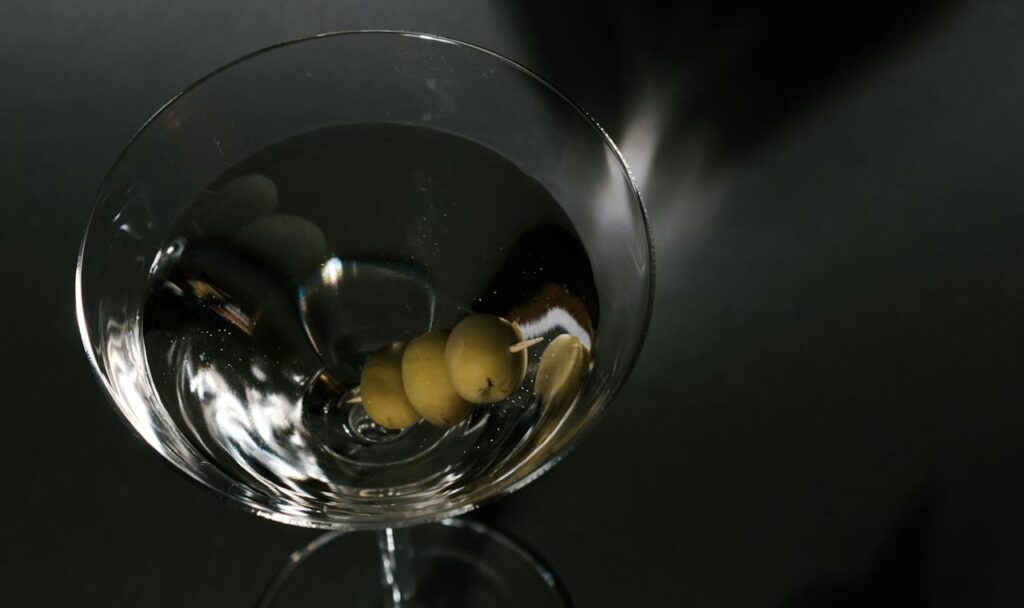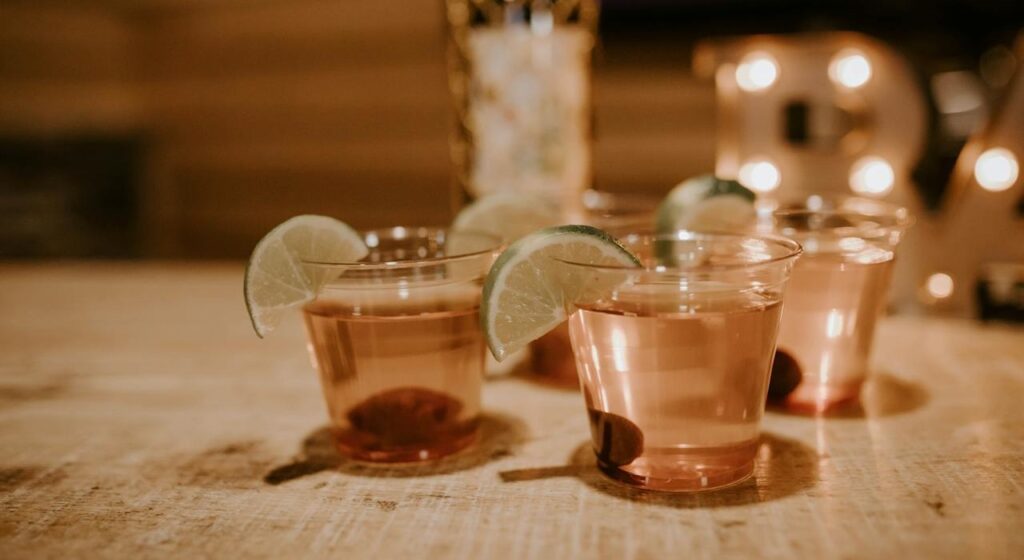Why is There a Worm in the Tequila? The Myth and Reality Behind the Tradition
Tequila is a popular alcoholic beverage that has been enjoyed for centuries. However, have you ever noticed a worm at the bottom of the bottle? This may have left you wondering why there is a worm in tequila. The answer to this question is rooted in the history and culture of Mexico, where tequila is produced.
Tequila is made from the blue agave plant, which is native to Mexico. The process of making tequila involves harvesting the agave plant, cooking it, and fermenting the juice to produce alcohol. Traditionally, the worm (or gusano in Spanish) was added to the bottle of mezcal, a type of tequila made from a different type of agave plant. The worm was believed to have magical properties that could enhance the flavor and quality of the drink.

While the worm is no longer commonly found in tequila bottles, it has become a popular cultural icon associated with Mexican spirits. Today, some brands of tequila still include a worm in their bottles as a nod to tradition and to attract consumers who are intrigued by the novelty of the worm. However, it is important to note that the worm has no impact on the taste or quality of the tequila itself.
Tequila Production Basics
Tequila is a distilled spirit made from the blue agave plant, which is native to Mexico. The production process of tequila involves several steps, including harvesting the agave plant, cooking, fermentation, and distillation.
Agave Plant Harvesting
The agave plant takes around 8-12 years to mature before it can be harvested for tequila production. The leaves of the plant are removed, leaving only the heart or “piña,” which can weigh anywhere from 40 to 200 pounds. The piñas are then transported to the distillery for further processing.
Distillation Process
Once the piñas are harvested, they are cooked in an oven to convert the starches into sugars. The cooked piñas are then crushed to extract the juice, which is fermented in tanks for several days until it becomes a low-alcohol beer-like liquid called “mosto.”
The mosto is then distilled twice in copper stills to produce tequila. The first distillation produces “ordinario,” which is then distilled again to produce tequila. The tequila is then aged in oak barrels for varying periods of time, depending on the desired flavor profile.
In conclusion, the production process of tequila is a complex and intricate process that requires careful attention to detail. From the harvesting of the agave plant to the distillation process, each step is crucial in producing a high-quality tequila.

History of the Worm
Tequila is a distilled beverage made from the blue agave plant, primarily produced in the area surrounding the city of Tequila, 65 km northwest of Guadalajara, and in the highlands (Los Altos) of the central western Mexican state of Jalisco. The worm, or gusano in Spanish, is a traditional addition to some types of tequila, but not all. The origins of the worm in the tequila bottle are somewhat unclear, but there are a few theories.
Mexican Tradition
One theory is that the worm was added to the bottle as a marketing ploy to entice tourists to buy tequila. However, there is evidence that the worm has been a part of Mexican tradition for centuries. Some indigenous tribes in Mexico believed that the worm had special properties, including the ability to ward off evil spirits and cure a hangover. Others believed that the worm was a symbol of rebirth and regeneration.
Marketing Tactics
Another theory is that the worm was added to tequila bottles as a marketing tactic in the 1940s or 1950s. The story goes that a Mexican distillery, looking to increase sales of its tequila, added a worm to a few bottles and marketed it as a novelty item. The idea caught on, and soon other distilleries were adding worms to their bottles as well.
Regardless of its origins, the worm has become a popular addition to certain types of tequila, particularly mezcal. Mezcal is a type of tequila that is made from the agave plant and is traditionally produced in the state of Oaxaca. Mezcal is often served with a slice of orange and a sprinkle of ground chili powder, and the worm is added as a final touch.
In conclusion, the history of the worm in the tequila bottle is somewhat shrouded in mystery, but it is clear that it has become an important part of Mexican tradition and culture. Whether you believe that the worm has special properties or not, it is hard to deny that it adds an element of fun and excitement to the tequila-drinking experience.

Significance of the Worm
Tequila is a popular alcoholic beverage that is made from the blue agave plant in Mexico. One of the most notable characteristics of tequila is the presence of a worm in the bottle. This worm, also known as the gusano, has become a symbol of Mexican culture and is often associated with tequila. In this section, we will discuss the cultural relevance and perceived quality indicator of the worm in tequila.
Cultural Relevance
The worm in tequila has a long history and cultural significance in Mexico. According to legend, the worm was first added to tequila bottles in the 1940s as a marketing gimmick by a tequila company. The company claimed that the worm was a traditional ingredient in tequila and had been used by the indigenous people of Mexico for centuries.
Despite the fact that there is no evidence to support this claim, the worm has become a symbol of Mexican culture and is often associated with tequila. In some regions of Mexico, the worm is considered a delicacy and is eaten as a snack. It is also believed to have aphrodisiac properties and is sometimes used in traditional medicine.
Perceived Quality Indicator
The presence of a worm in tequila bottles is often seen as a quality indicator by consumers. Some people believe that the worm is a sign of high-quality tequila, while others think that it is a marketing gimmick. The truth is that the worm has no impact on the quality of the tequila.
In fact, the worm is not even a traditional ingredient in tequila and is only added to certain brands as a marketing ploy. Some tequila brands have even stopped using the worm in their bottles because of the negative connotations associated with it.
In conclusion, while the worm in tequila may have cultural significance, it has no impact on the quality of the tequila. It is important for consumers to be aware of this and not base their purchasing decisions solely on the presence of a worm in the bottle.
Consumer Perception
Consumers have varying reactions to the presence of a worm in tequila. Some find it intriguing and view it as a unique selling point, while others are put off by it. The worm has become a curiosity factor, with some people purchasing tequila specifically to try the worm.
Curiosity Factor
The presence of the worm in tequila has become a novelty item, with some consumers purchasing the product solely for the purpose of trying the worm. The worm has become a symbol of Mexican culture and tradition, and many consumers view it as a way to connect with the country’s heritage.
Authenticity Debate
There is a debate among consumers regarding the authenticity of tequila with a worm. Some argue that the worm is a marketing gimmick and has no real significance in the production of tequila. Others believe that the worm is an important part of the tequila-making process and adds to the flavor and character of the drink.
Overall, consumer perception of the worm in tequila is divided. While some view it as a novelty item and a unique selling point, others question its authenticity and significance in the production of tequila.
Legal and Health Considerations
Regulatory Standards
The presence of a worm in tequila is a controversial topic, as it is not regulated by the Mexican government. The Norma Oficial Mexicana (NOM) is the official standard that regulates the production and labeling of tequila. However, it does not mention anything about the inclusion or exclusion of a worm in the bottle.
Despite the lack of regulation, some tequila producers still include a worm in their bottles as a marketing gimmick. It is important to note that if a worm is included in the bottle, it must be a specific species of moth larvae called Hypopta agavis, which is native to the agave plant.
Health Implications
Consuming a worm in tequila is generally considered safe, as the worm is usually cooked and sterilized before being added to the bottle. However, some people may be allergic to the protein found in the worm and may experience an allergic reaction.
Furthermore, excessive consumption of tequila, with or without a worm, can lead to health problems such as liver damage, alcohol poisoning, and dehydration. It is important to consume tequila in moderation and to be aware of any potential allergies or health concerns.
In conclusion, while the inclusion of a worm in tequila may not be regulated by the Mexican government, it is important to consider the potential health implications and to consume tequila responsibly.
Worm in Modern Tequila Culture
Tequila is a popular alcoholic beverage that has been enjoyed for centuries. In recent years, the practice of adding a worm to tequila bottles has become increasingly popular. This tradition has sparked curiosity and controversy among tequila drinkers and enthusiasts.
Continuing Practices
The practice of adding a worm to tequila bottles is not a new one. In fact, it dates back to the 1940s when a distillery in Mexico started adding a worm to their bottles as a marketing gimmick. The worm, also known as a gusano, is actually the larva of the Hypopta agavis moth. The moth lays its eggs in the agave plant, which is the main ingredient in tequila. When the larvae hatch, they feed on the agave plant and eventually form a cocoon. The cocoon is then harvested and added to tequila bottles.
Despite its origins as a marketing ploy, the practice of adding a worm to tequila bottles has continued to this day. Some tequila producers claim that the worm adds flavor to the tequila, while others argue that it is simply a tradition that should be honored.
Shifts in Consumer Taste
In recent years, there has been a shift in consumer taste away from the traditional worm-in-tequila practice. Many tequila enthusiasts argue that the worm has no real effect on the taste of the tequila and that it is simply a gimmick. As a result, many tequila producers have stopped adding worms to their bottles in order to appeal to a more discerning and sophisticated consumer.
Despite this shift, the worm-in-tequila tradition continues to be a part of modern tequila culture. Some tequila drinkers still seek out bottles with worms as a way of honoring the tradition, while others avoid them altogether. Whether or not the worm adds flavor to the tequila is still a matter of debate, but one thing is certain: the tradition of adding a worm to tequila bottles is here to stay.







